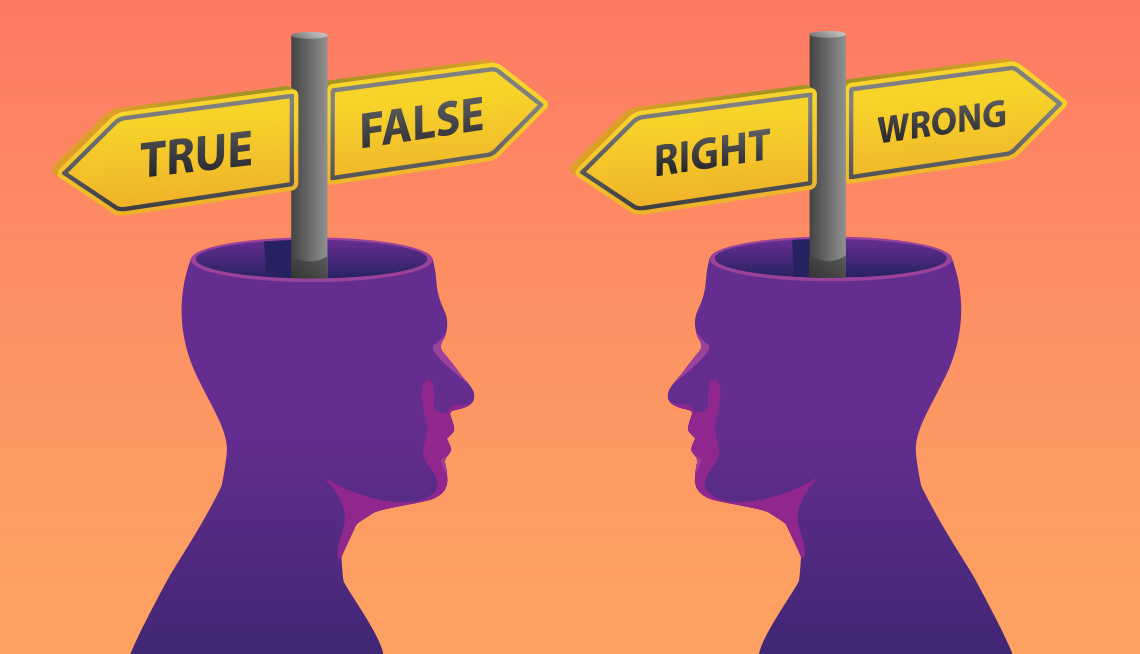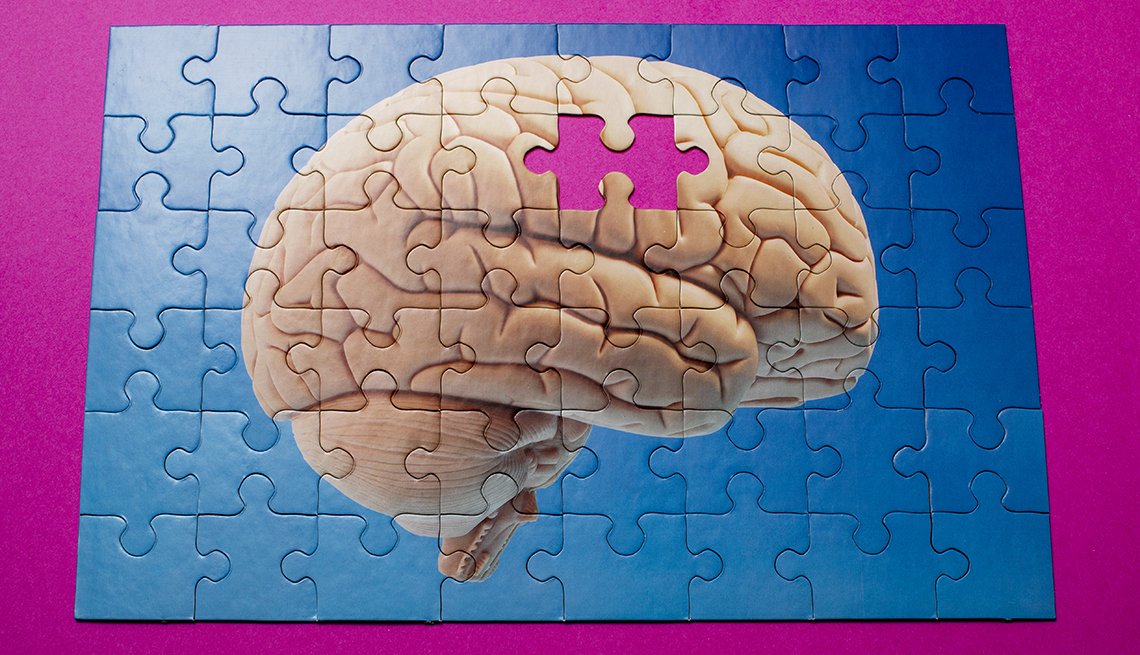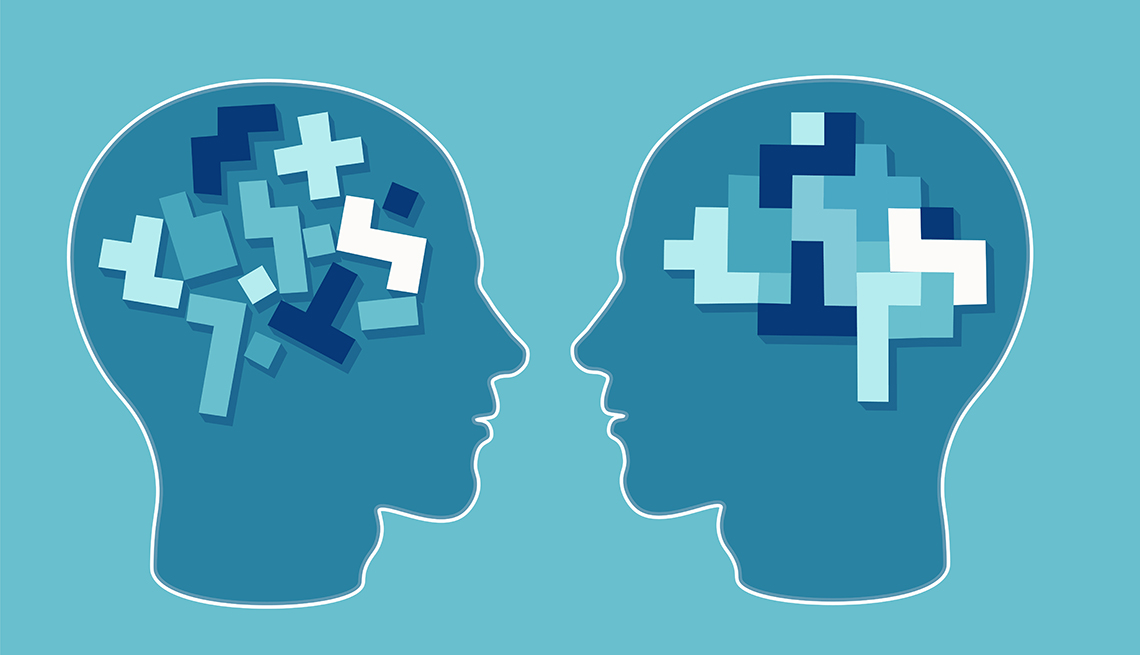Staying Fit


The terms “dementia” and “Alzheimer’s” have been around for more than a century, which means people have likely been mixing them up for that long, too. But knowing the difference is important.
In the simplest terms, one is broader than the other. If the two were nesting dolls, Alzheimer’s would fit inside dementia, but not the other way around. While Alzheimer’s disease is the most common form of dementia (accounting for an estimated 60 to 80 percent of cases), there are several other types.


AARP Membership— $12 for your first year when you sign up for Automatic Renewal
Get instant access to members-only products and hundreds of discounts, a free second membership, and a subscription to AARP the Magazine.
The second most common form is vascular dementia, which is caused by decreased blood flow to the brain. Other types of dementia include Lewy body dementia and frontotemporal dementia. In addition, certain medical conditions can cause serious memory problems that resemble dementia.
A correct diagnosis means the right medicines, remedies and support. It could also impact clinical trial eligibility and participation.
What it is
Dementia
In the simplest terms, dementia is a decline in mental function — thinking, remembering and reasoning — that is usually irreversible. It’s a syndrome, not a disease, notes neurologist Ron Petersen, M.D., director of the Mayo Clinic Alzheimer’s Disease Research Center and the Mayo Clinic Study of Aging in Rochester, Minnesota.
The catchall phrase encompasses several disorders that cause chronic memory loss, personality changes or impaired reasoning, Alzheimer’s disease being just one of them, says Dan G. Blazer, M.D., a psychiatrist and professor emeritus at Duke University School of Medicine.
To be called dementia, the disorder must be severe enough to interfere with your daily life, says psychiatrist Constantine George Lyketsos, M.D., director of the Johns Hopkins Memory and Alzheimer’s Treatment Center in Baltimore.
What it’s not? Typical mild forgetfulness that sometimes accompanies aging — say, having trouble remembering the name of an acquaintance who comes up to you on the street.
In fact, the earliest stage of dementia, known as mild cognitive impairment (MCI), is considered “forgetfulness beyond what is expected from aging,” Petersen says. With MCI, a person is still functioning normally — paying her bills, driving well enough, doing his taxes — though performing some of those tasks may take longer than they used to. When someone starts to need regular assistance to do such daily activities, “that gets into the dementia range,” Petersen says.

















































































More From AARP
Dementia Caregivers Guide: Tips for Unique Challenges
The latest research on dementia, plus tips for caregivers to keep your loved ones with Alzheimer's or dementia safe and happy
3 Reasons Hearing Loss May Increase Dementia Risk
Could hearing aids help protect the brain?
Processed Foods Linked to Worsened Brain Health
Salty, sugary, preservative-laden foods could impact memory and thinking